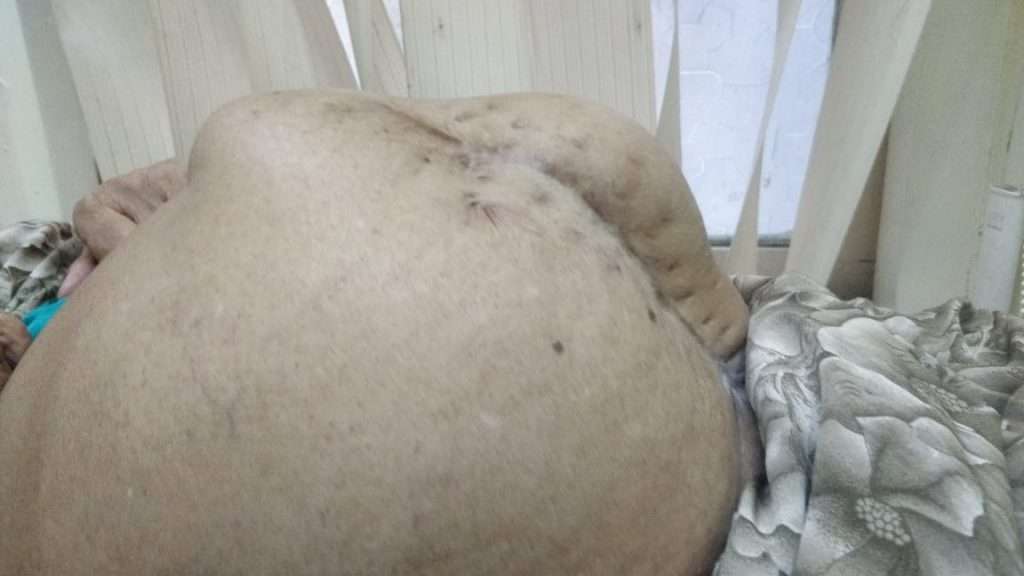By, Dr Harsh Sheth, Bariatric Surgeon in Mumbai
I. OVERVIEW
Laparoscopic surgery is the most common for the cause of abdominal pain. It is a surgical technique in which short, narrow tubes (trochars) are inserted into the abdomen through small (less than one centimeter) incisions. The most common risks associated with laparoscopy are bleeding, infection, and damage to organs in your abdomen. This can result in the spread of infection in various organs. Dr. Harsh Sheth specializes in performing complex laparoscopic and bariatric surgeries and has successfully performed a variety of bariatric and laparoscopic surgery and bariatric surgery in Mumbai, in this fashion for more than ten years
As a result of which it will lead to fever, abdominal pain, bleeding and shortness of breathing.
II. Doctor's Name
III. Patient Details
Age : 62
IV. Symptoms
Pain in right upper abdomen and a swelling over the midline, increasing in size on coughing, straining, decreases in size on lying down at the site of previous surgery
V. Test Performed
CT scan of the abdomen which revealed 2 hernial defects 3 cm and 2 cm in diameter respectively. Stones in the lumen of the gall bladder
All routine blood tests
VI. Diagnosis
Incisional hernia (M3W1, M4W1) with cholelithiasis
VII. Treatment
Laparoscopic surgery: laparoscopic cholecystectomy with Laparoscopic e-TEP RS incisional hernia repair
VIII. Description of the Treatment
The patient was a 62 year old lady with previous history of Cesarean Section 40 years ago came with a bulging over the hernial defect along with intermittent pain in the right upper abdomen.
She was investigated and diagnosed with an incisional hernia with cholelithiasis (gall stones).
She was offered surgery for both at the same sitting.
She was operated for the gall stones (cholecystectomy) along with adhesiolysis of previous adhesions and subsequent e-TEP RS incisional hernia repair with placement of a large mesh 30*18 cm in size.
The patient recovered fairly well post-operatively and was discharged on post-op day 4.
IX. Images



